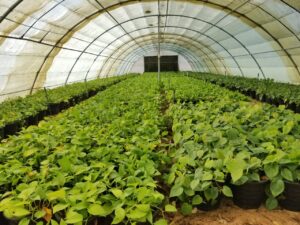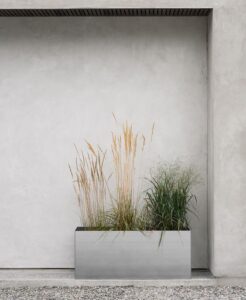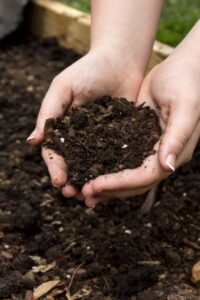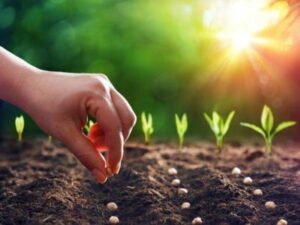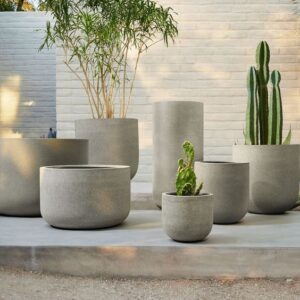Best Soil For Plants in UAE – Sweet Soil Leave a comment
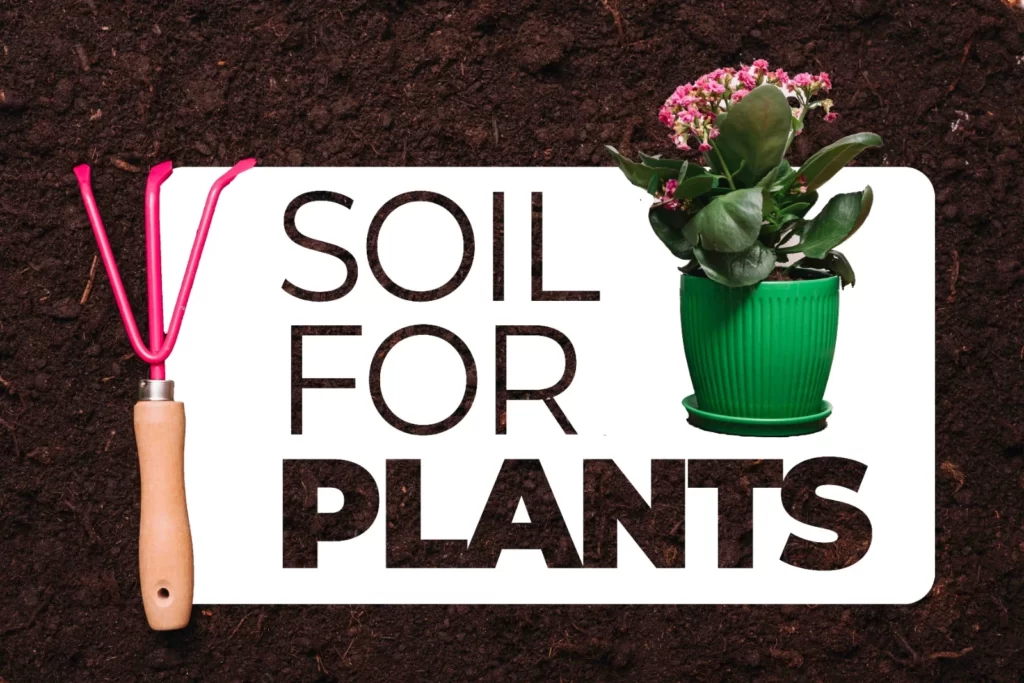

Introduction
Life on Earth is sustained by soil for plants, the humble foundation beneath our feet. The role of soil and plants in ecosystems is outlined in this introduction. In the layers of soil, nutrients, structure, and ecosystems converge to create a nurturing environment for plants. In addition to enriching our appreciation of nature’s complexity, understanding how soil and plants are connected highlights the importance of responsible stewardship for the soil that cradles life and the plants that grace our world to flourish.
Soil, a vital component of Earth’s ecosystem, plays a crucial role in sustaining plant life. This essay explores the intricate relationship between soil and plants, delving into the essential nutrients, structure, and environmental factors that influence plant growth.
Types of Soil Plants
There are several types of soil, each with distinct characteristics that affect plant growth. The main soil types are:
Sandy Soil:
- Characteristics: Large particles, well-draining, low nutrient retention.
- Suitability: Good soil for plants that prefer dry conditions and excellent drainage.
Clay Soil:
- Characteristics: Small particles, retains water, can become compacted.
- Suitability: Suitable for plants that thrive in moist conditions, but may require amendments for better aeration.
Loamy Soil:
- Characteristics: Balanced mixture of sand, silt, and clay, well-draining, fertile.
- Suitability: Ideal for a wide range of plants due to its balanced texture and nutrient content.
Silt Soil:
- Characteristics: Fine particles, holds moisture well, prone to erosion.
- Suitability: Suitable for plants that benefit from moisture retention but may need amendments for improved drainage.
Peaty Soil:
- Characteristics: High organic content, retains water, acidic.
- Suitability: Suitable for acid-loving plants, but may require additional nutrients.
Chalky Soil:
- Characteristics: Alkaline, contains limestone, well-draining.
- Suitability: Suitable for plants that thrive in alkaline conditions but may need amendments for acid-loving plants.
garden soil
Garden soil is the vital medium that anchors the beauty and productivity of our outdoor spaces. Comprising a blend of mineral particles, organic matter, and a myriad of microorganisms, garden soil forms the nurturing cradle for plants to flourish. Its texture, ranging from sandy to loamy or clayey, influences water retention, drainage, and aeration, directly impacting plant health.
Enriched with nutrients essential soil for plant growth, garden soil serves as a reservoir, sustaining the intricate dance of life within gardens. Whether cultivating vibrant flowers, robust vegetables, or majestic trees, understanding and nurturing the quality of garden soil is paramount. Amendments like compost or organic matter enhance soil fertility, promoting a harmonious environment for roots to delve into and thrive.
Moreover, garden soil is a canvas for creativity, reflecting the personality of the garden and the preferences of the gardener. From ornamental gardens to vegetable patches, the right garden soil sets the stage for a bountiful harvest and a visually captivating outdoor retreat. As we delve into the world of gardening, recognizing the significance of quality garden soil becomes the cornerstone of cultivating a thriving, sustainable garden oasis.
Sweet Soil
In the realm of gardening, “sweet soil” refers to soil with a slightly acidic to neutral pH level. This soil type is the key to cultivating a diverse range of plants, from vibrant flowers to delicious fruits and vegetables. The term “sweet” denotes the desirable pH range of 6.0 to 7.0, creating an optimal environment for nutrient availability and microbial activity.
Sweet soil is particularly beneficial for acid-loving plants such as blueberries, azaleas, and hydrangeas. It fosters robust root development, enhances nutrient absorption, and contributes to overall plant vitality. Achieving and maintaining sweet soil involves periodic testing and amendments, such as adding lime to raise pH or organic matter to improve soil structure.
Understanding and nurturing sweet soil in your garden not only supports healthy plant growth but also opens the door to a thriving landscape bursting with color and flavor. Whether you’re a seasoned gardener or a novice enthusiast, cultivating sweet soil lays the foundation for a successful and enjoyable gardening experience.
Potting Soil
Potting soil, a tailored blend of organic matter and minerals is a gardening essential for container plants. This specialized mixture provides optimal aeration, drainage, and nutrient availability, creating an ideal environment for plant roots in pots or containers. Potting soil is carefully crafted to support various plants’ unique needs,
offering a stable foundation for growth. Rich in essential nutrients and free from pests or diseases, it promotes healthy development and thriving potted plants. Whether you’re nurturing houseplants, flowers, or herbs, choosing the right potting soil ensures the success of your container gardening endeavors.
Conclusion:
The relationship between soil for plants is fundamental to the balance and vitality of Earth’s ecosystems. Soil acts as a reservoir of nutrients, a physical foundation for growth, and a dynamic environment that influences plant health. Understanding the intricacies of this relationship is crucial for sustainable agriculture, environmental conservation, and the overall well-being of our planet. As stewards of the land, it is imperative that we prioritize soil health to ensure the continued flourishing of plant life and the ecosystems they sustain.
What is Soil Plants?
Soil for plants is the essential medium in which plants grow. It provides physical support, nutrients, and a habitat for plant roots. Soil plays a crucial role in sustaining plant life, influencing growth, and contributing to the overall health of ecosystems.

